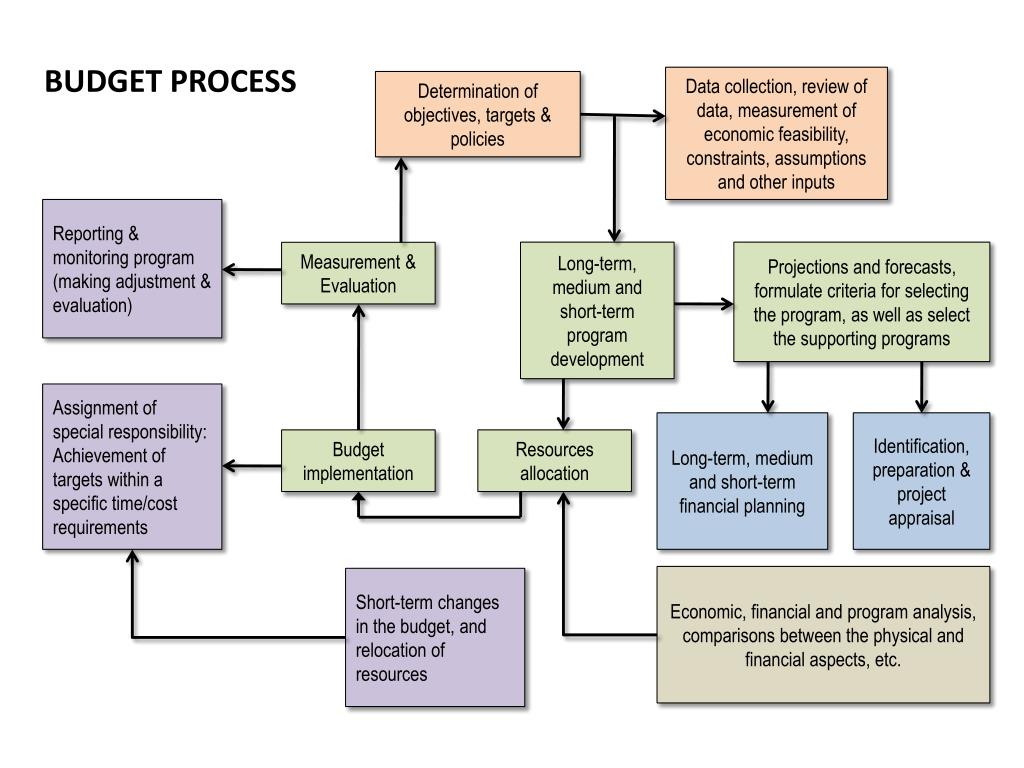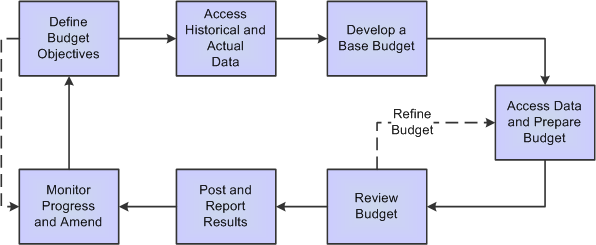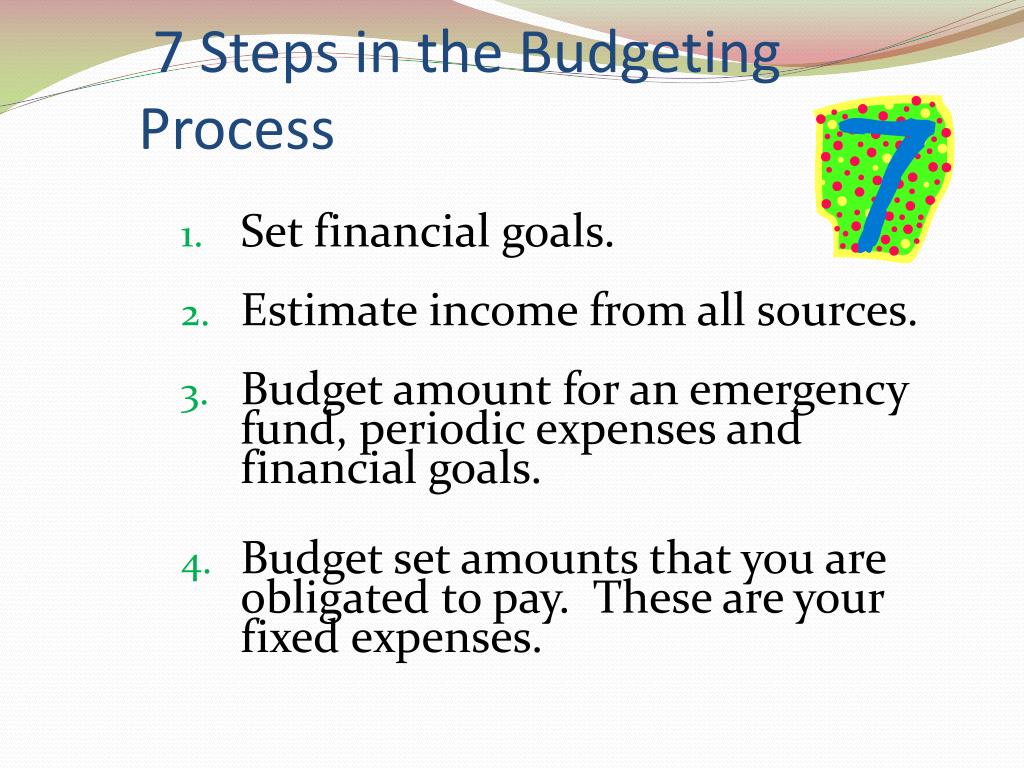

Instead of using numbers from the previous and current years, the activity-based budget approach focuses on the vital goals the organization aims to accomplish in that period. It discourages the company’s management from deeply analyzing costs and savings The budget doesn’t prepare for unexpected changes or external variables It leaves little to no room for innovation because the future budget depends on the previous year’s numbers with only a few adjustments It can also affect a company’s overall effectiveness since some departments could need more than their budget allocation, while others could have a surplus budget for their activities

The incremental budget approach may trigger unnecessary spending since the overall budget typically increases by a set percentage There are few to no internal challenges due to equal budget allocation and adjustment between all departments in the organization

It helps to stabilize business funds since costs are easily predictable each year It ensures a consistent budget over the years It’s straightforward and requires minimal calculations since it merely adjusts current numbers to prepare future budgets Incremental budgets are equally useful for companies that change little over time and have relatively stable business costs through the years. It’s ideal for many organizations because of its straightforwardness, especially if business costs are predictable. It adds or subtracts a specific percentage from the previous year’s numbers to determine the next year’s budget. Finally, one might only authorize expenditures if there is funding left in the budget to do so.Incremental budgeting is the most popular budgeting method due to its simplicity and ease of use.

Another option is to pay bonuses based on compliance with the budget. One approach is to report budget versus actual variances to management, so that the largest negative variances are investigated. Once a budget model has been completed, it is then used to control the operations of a business. Once all parties are satisfied with the budget model, the board of directors signs off on it and the accounting department loads it into the accounting software, resulting in budget versus actual financial statements.
#Budget planning process for a company series
These mandates necessitate a series of revisions by those managers who create the model. These managers will likely mandate changes to the model, such as adjustments in capital expenditures or expense levels. As budget segments are returned by managers, the segments are aggregated into a master budget model, which is then reviewed by senior management. The person in charge of the budget then provides support to these managers as they adjust the supplied budget model.Īggregate and revise the model. Issue the preliminary budget model, with policies, procedures, and milestone dates, to the responsible managers. Managers can then focus their attention on the more critical changes to the budget model. The estimated budget is based on historical results, adjusted for inflation. In some cases, it is more efficient to supply managers with a preliminary budget model that already contains an estimated budget. This documentation is needed to give direction to those managers involved in the creation of the budget. Specific due dates are needed to ensure that the management team creates their respective portions of the budget on a timely basis, so that these pieces can be rolled into the main budget model.Ĭreate budgeting policies and procedures. This step is needed to set the general direction of the plan, such as to add a new product line or to terminate a subsidiary.Ĭreate a calendar of budgetary milestones. Obtain strategic direction from the board of directors. This is accomplished by engaging in the following tasks, which are presented in their approximate order: The first step in budgetary planning is to construct a budget. The purpose of budgetary planning is to mitigate the risk that an organization's financial results will be worse than expected. Budgetary planning is the process of constructing a budget and then utilizing it to control the operations of a business.


 0 kommentar(er)
0 kommentar(er)
